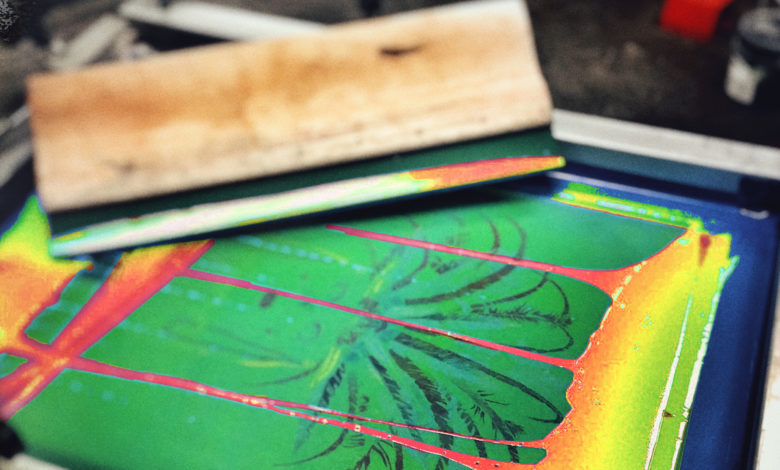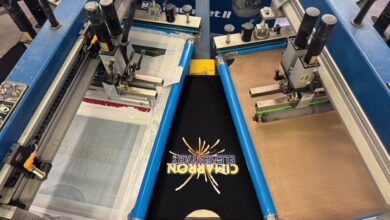
There are different kinds of specialty inks available for screen printing, and some options allow you to add texture to a print. From hard to medium and soft textures, ink manufacturers have created different bases for different cases.
Hard texture screen printing inks
Hard texture bases can add a cracking, rock-like, or rough texture to a print. These are high-density options, creating stacked effects that are durable.
Medium texture screen printing inks
Medium texture bases include cork bases and high-density glosses or gels. Cork bases offer a texture that is smooth to the touch but extremely durable with great stretch. Gels and glosses can be added as an overprint to any plastisol ink or as a foil adhesive.
Soft texture screen printing inks
Soft textures include plush or suede bases. Plush bases create soft fashion textures that simulate chenille, velvet, flock, and suede. Suede bases create a velvet-like or suede surface finish. Low-viscosity bases can create super-soft finishes that simulate a water-based or discharge print — they are very effective for printing over seams and stitching.
There are also bases specifically formulated for mixing with glitter flakes that can penetrate the fabric, leaving the glitter flake exposed on the surface with a dry feel. Print them over underlay colors to produce a glossy embossed effect.
Ink bases like the ones mentioned are available from various ink manufacturers for that perfect textured print. But remember, these inks can be challenging to print if proper guidelines and parameters are not followed, including flashing, curing the ink, and the correct mesh and screen stencil. You can use bases alone, combine them, or mix them with ink additives like glitters, shimmers, or pigment concentrates.
For more on inks, check out In the Ink Pot – featured in GRAPHICS PRO July.



